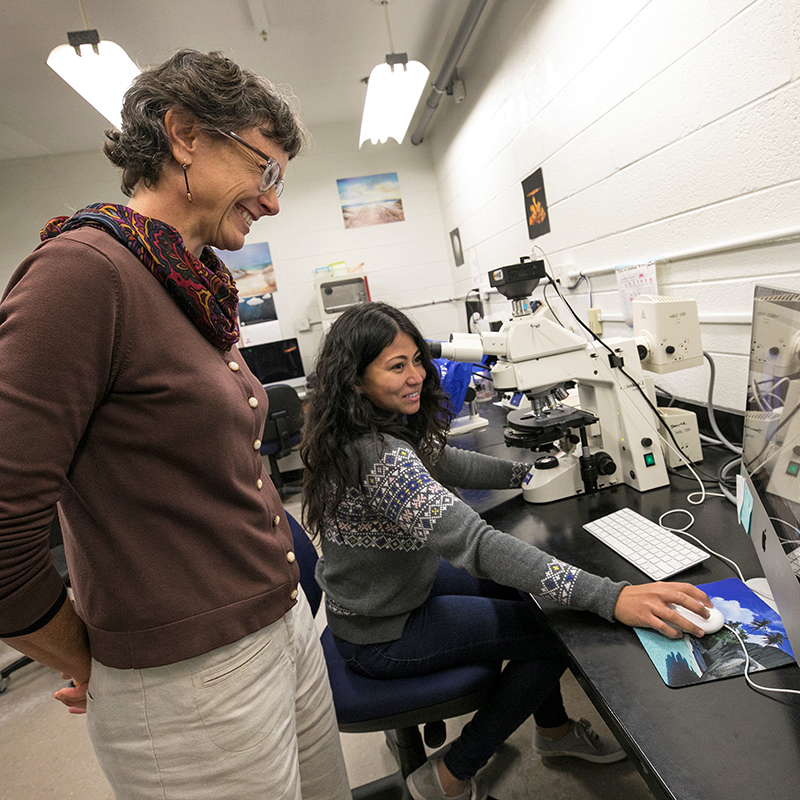 The Whitney Laboratory for Marine Bioscience
The Whitney Laboratory for Marine Bioscience

In embryos of a group of animals known as the spiralians (e.g. mollusks, annelids, nemerteans and polyclad flatworms), there is a highly stereotyped cleavage program during embryogenesis in which homologous cells can be identified from even distantly related species. One fundamental feature of all these species is that a single cell functions in the early stage embryo as an embryonic “organizer”, which means it has the capacity to induce the fates of surrounding cells and pattern the dorsal-ventral body axis. Surprisingly, the identity of the organizer cell varies between animals.
In their new publication entitled ‘Functional evidence that Activin/Nodal signaling is required for establishing the dorsal-ventral axis in the annelid Capitella teleta’, Dr. Lanza and Dr. Seaver used recently developed tools for embryos of the annelid Capitella to perturb the function of molecular signals that might be the organizing activity signal. To identify this molecular signal, the authors applied antisense morpholino knockdown technology combined with microinjection of Capitella zygotes. Their findings demonstrate that the dorsal-ventral axis is patterned via Activin/Nodal signaling. Furthermore, injected embryos could be rescued by supplying more of the correct signaling molecules. This was a surprising result because in other animals, a different signaling pathway mediates the signal from the organizer, namely BMP signaling. To provide additional evidence, the authors specifically interfered with BMP signaling, and found that these animals form a perfectly normal dorsal-ventral axis. These results are part of a growing body of evidence that demonstrate that axial patterning mechanisms may not be as conserved across animals as was previously thought, and that this variation in the molecular control of axial patterning among spiralians might be involved with the radical differences in body plans amongst the spiralian clade.